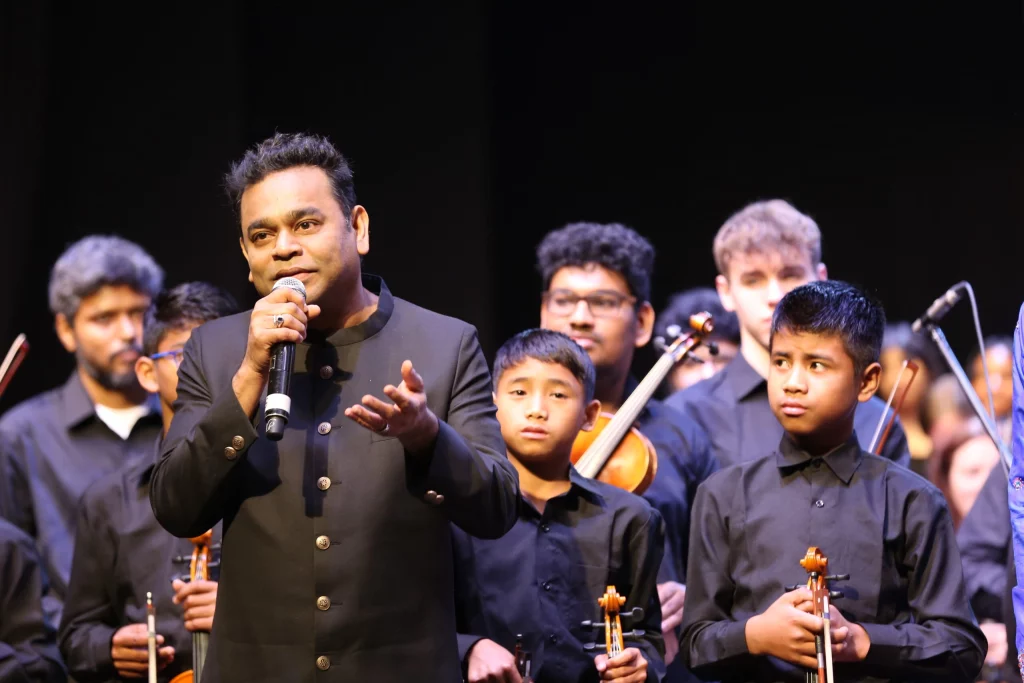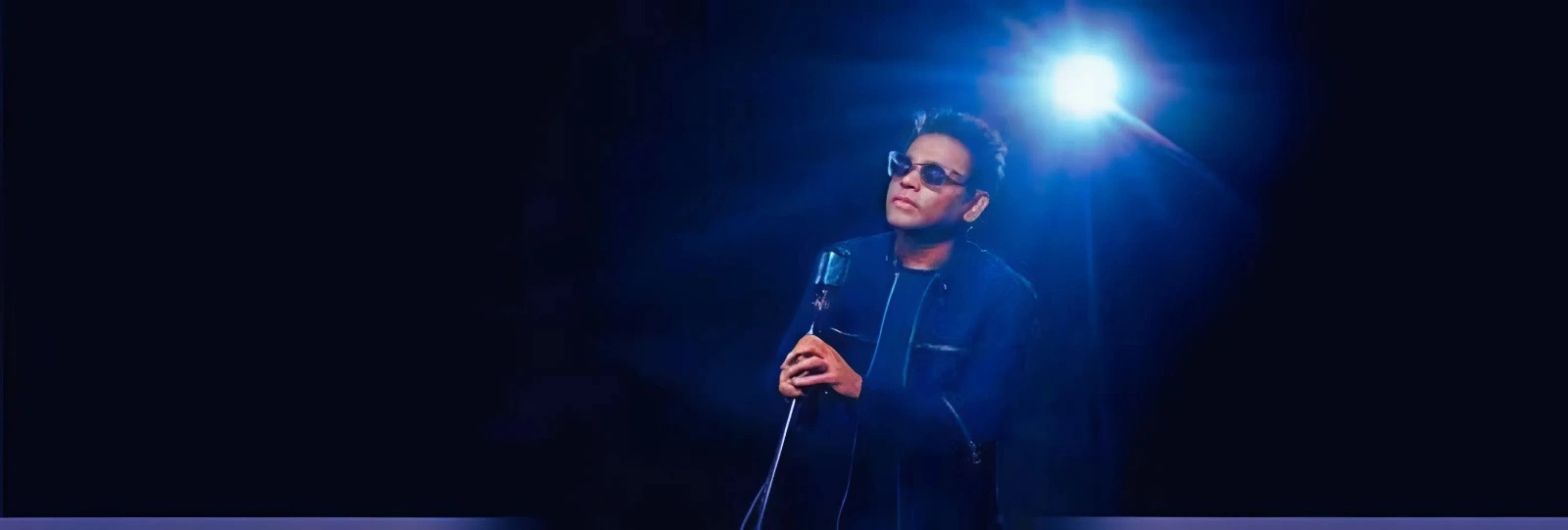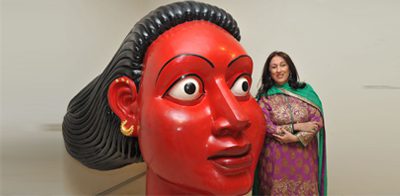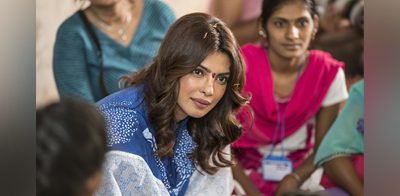“Sometimes I wonder what makes us behave differently with the underserved. And why don’t we find a common ground to celebrate life?” writes AR Rahman, the two-time Academy Award winner and globally acclaimed composer, in a message on the AR Rahman Foundation’s website. His reflection gestures toward something more fundamental, that musical education, when offered without prejudice, can equalize more powerfully than policy.
The AR Rahman Foundation, launched in 2006 by Rahman and his mother Kareema Begum, began as a gesture rooted in the lived experience of humble beginnings. Over time, it has evolved into a disciplined, far-reaching initiative that pairs classical music training with long-term social investment. Its mission is to ensure that access to world-class music education isn’t a privilege reserved for the few. Through its flagship program, the Sunshine Orchestra, children from underserved communities are immersed in rigorous musical training and given a legitimate pathway into professional performance.
There are a few things that strike a chord with every single living being on earth, like our innate ability to be kind, loving and compassionate. But, the greatest one of them all – with the power to dissolve boundaries – is music. So this is one such story. I realised that music is one thing that can change lives. This attempt has already changed mine – The Sunshine Orchestra.
AR Rahman
At the Foundation’s core lies a conviction that talent shouldn’t be constrained by birth or background. It offers more than instruments and instruction. It builds structure, consistency, and belief. The students often begin with no musical inheritance, no financial resources, and no precedent to follow. But what they receive is not charity. It is a system built to last.

These kids had no musical backgrounds when we adopted them at quite an early age and in this musical journey of more than 10 years, they have come a long way. They are taught music in the anticipation that one day they will take this mission forward to strengthen harmony and provide more opportunities to many in our society.
AR Rahman
Through its projects and philosophy, the AR Rahman Foundation presents a practical model for how cultural capital can be redistributed, not through token gestures, but through carefully designed systems. Its work continues to grow, its reach quietly expanding. But the intention remains constant: to make music a legitimate, transformative option for those who have long remained outside the margins.
The Sunshine Orchestra
The Sunshine Orchestra identifies children with musical aptitude from government and low-income schools. These students are inducted at an early age and introduced to formal Western classical training. Over the years, many have advanced from playing basic scales to performing in professional orchestras under trained conductors. They learn violin, cello, and other orchestral instruments, receiving instruction in both solo and ensemble performances.
A framework for cultural and civic growth
While the Sunshine Orchestra remains the Foundation’s centerpiece, its reach extends well beyond. The Foundation has supported medical and educational needs, assisted retired musicians, provided relief for farmers in distress, and helped cover marriage and entrepreneurship costs for those in need. These initiatives are not seen as detached from the artistic mission but as parallel efforts of building sustainable, interconnected support systems for communities left out of traditional safety nets.
The Foundation is also engaged in preserving cultural memory. Its project ‘Karunamirtha Sagaram’ investigates the evolution of Tamil music over centuries, based on the work of Abraham Pandithar and other musicologists. This research initiative aligns with the Foundation’s commitment not only to creating new musicians, but also to documenting and safeguarding India’s sonic heritage.
Vision for a Public Arts Institution
Currently in development, the Global Arts Center is the Foundation’s most ambitious project to date. It has been planned as a space that brings together performance, education, and collaboration. With plans for museums, training halls, auditoriums, and forums for cross-disciplinary engagement, the center aims to root the arts in civic infrastructure rather than ornamental prestige.
For Rahman, this is not about importing a Western model of artistic training. It is about creating something that responds to the Indian context where talent exists in abundance, but institutional frameworks remain limited. The Global Arts Center seeks to fill this void by offering a space where art, equity, and lifelong learning converge.
Much like the Foundation itself, the Center represents a long-term investment in cultural equity. It is being built not on slogans, but on systems, and on the belief that opportunity, once structured well, can shift the trajectory of a life.



